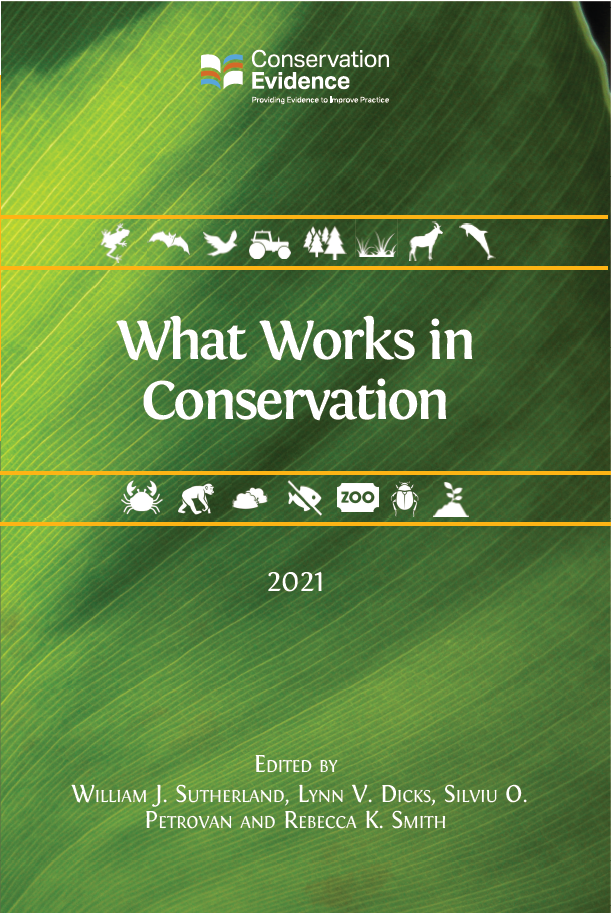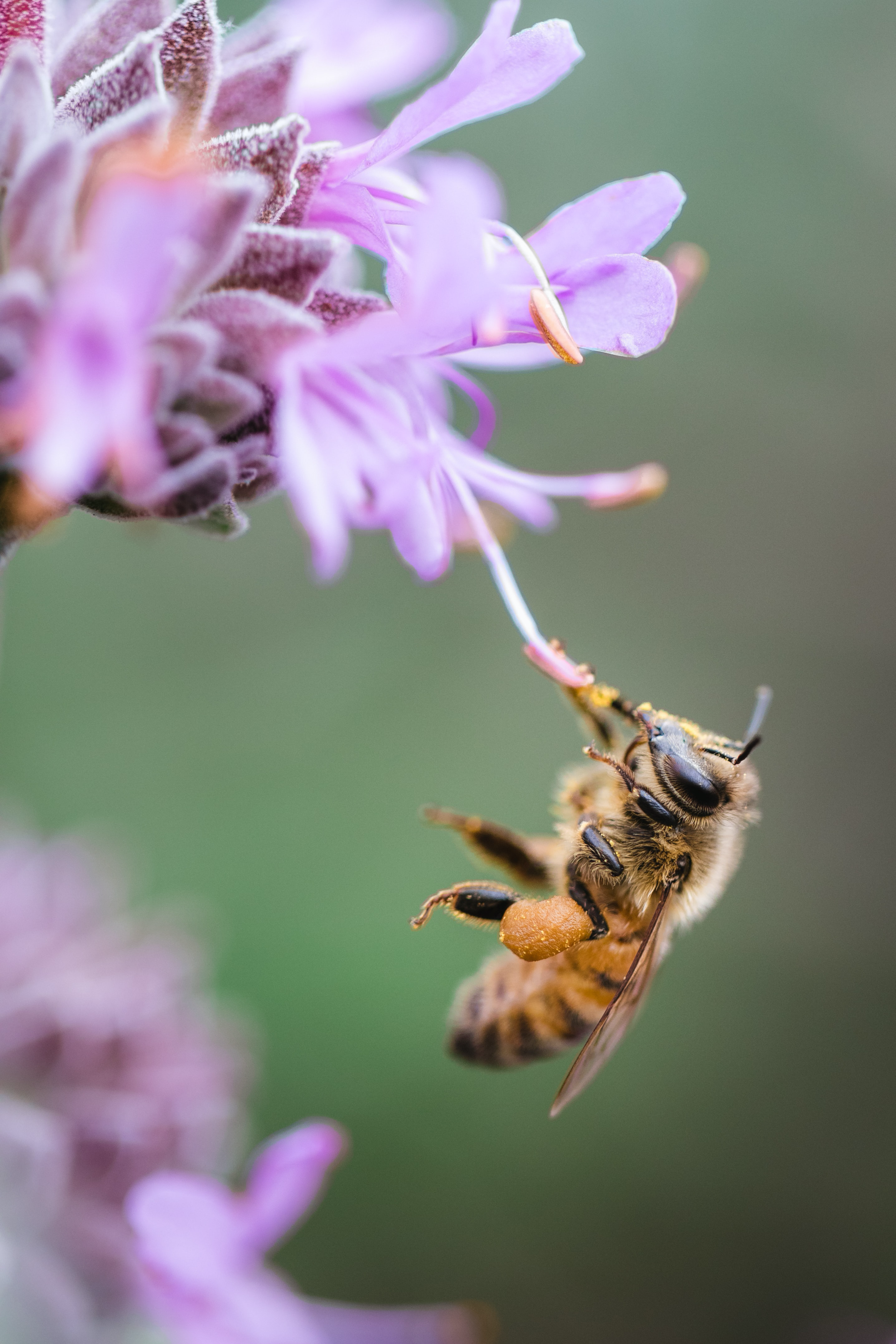Experimental assessment of runoff and soil erosion in an olive grove on a Vertic soil in southern Spain as affected by soil management
-
Published source details
Gómez J.A., Romero P., Giráldez J.V. & Fereres E. (2004) Experimental assessment of runoff and soil erosion in an olive grove on a Vertic soil in southern Spain as affected by soil management. Soil Use and Management, 20, 426-431.
Published source details Gómez J.A., Romero P., Giráldez J.V. & Fereres E. (2004) Experimental assessment of runoff and soil erosion in an olive grove on a Vertic soil in southern Spain as affected by soil management. Soil Use and Management, 20, 426-431.
Actions
This study is summarised as evidence for the following.
| Action | Category | |
|---|---|---|
|
Soil: Plant or maintain ground cover in orchards or vineyards Action Link |
|
|
|
Water: Plant or maintain ground cover in orchards or vineyards Action Link |
|
|
|
Change tillage practices Action Link |
|
-
Soil: Plant or maintain ground cover in orchards or vineyards
A replicated, randomized, controlled study in 2000–2003 in a rainfed olive orchard near Cordoba, Spain (partly the same study as (10)), found more organic matter, less erosion, and higher soil stability in plots with cover crops, compared to conventional tillage or bare fallows. Organic matter: More organic matter was found in soils with cover crops (1.5%), compared to conventional tillage (1.2%) or bare fallows (0.9%). Soil erosion and aggregation: Less soil was lost in runoff from plots with cover crops, compared to bare fallows (1.2 vs 8.5 t/ha/year), but similar amounts were lost from plots with cover crops or conventional tillage (1.2 vs 4.0). Higher stability was found in soils with cover crops, compared to bare fallows (83% vs 60% of aggregates were water-stable), but similar stability was found in soils with cover crops or conventional tillage (82% vs 72%). Methods: There were three plots (6 x 12 m plots, with two olive trees each, on a 13% slope) for each of three treatments: cover crops (2 x 12 m barley strips, sown in October), conventional tillage (15 cm depth, 3–4 passes from September), or bare fallows (with herbicide, weed-free). Plots with cover crops were tilled before the barley was sown (10 cm depth). Runoff was collected with tipping-bucket gauges, and sediment was collected in barrels, from autumn 2000. Soil samples were collected in summer 2003 (0–5 cm depth).
-
Water: Plant or maintain ground cover in orchards or vineyards
A replicated, randomized, controlled study in 2000–2003 in a rainfed olive orchard near Cordoba, Spain (partly the same study as (14)), found less runoff from plots with cover crops, compared to bare fallows or conventional tillage. Water availability: Less water was lost as runoff from plots with cover crops (2.5% of rainfall; 1.3 m3), compared to conventional tillage (7.4% of rainfall; 3.8 m3) or no tillage (21.5% of rainfall; 10.6 m3). Methods: There were three plots (6 x 12 m plots, with two olive trees each, on a 13% slope) for each of three treatments: cover crops (2 x 12 m barley strips, sown in October), conventional tillage (15 cm depth, 3–4 passes from September), or no tillage (with herbicide, weed-free). Plots with cover crops were tilled before the barley was sown (10 cm depth). Runoff was collected with tipping-bucket gauges, and sediment was collected in barrels, from autumn 2000.
-
Change tillage practices
A replicated, randomized experiment in 2000-2004 on silty-clay soil in Cordoba, Spain (Gómez et al. 2004) found that no-tilled plots lost the most soil (8.5 t ha/yr), compared to those under conventional tillage (4.0 t h/yr) and grass cover (1.2 t ha/yr). There were three soil management systems: no-tillage (soil kept weed-free with herbicides), conventional tillage (3-4 passes with rotary tiller 15cm deep), grass cover (rotary tilled to 10 cm, then barley Hordeum vulgare until April, residue retained once cut). Each experimental plot was 6 x 12 m and enclosed two olive Olea europaea trees. Water runoff and sediment were measured. Soil samples up to 5 cm depth were taken from each plot. Soil organic matter, density and moisture were measured.
Output references
|
|





)_2023.JPG)














